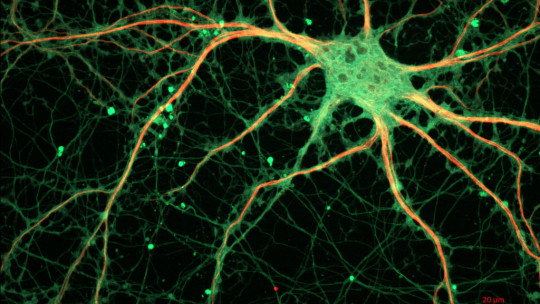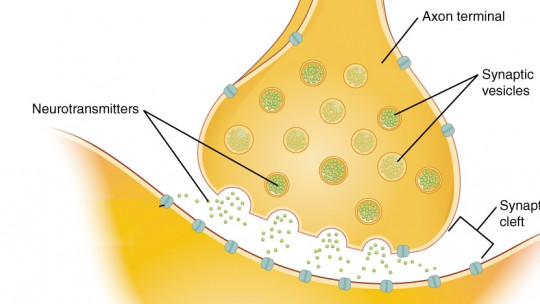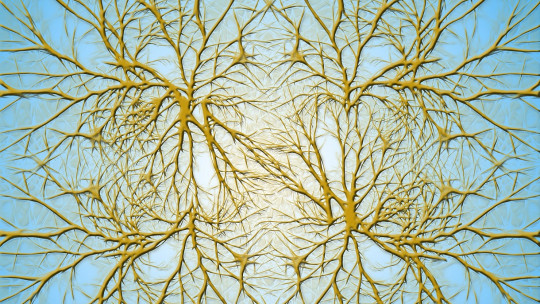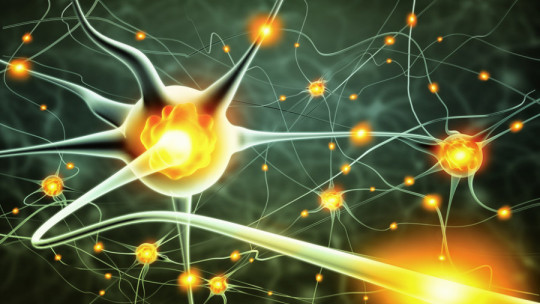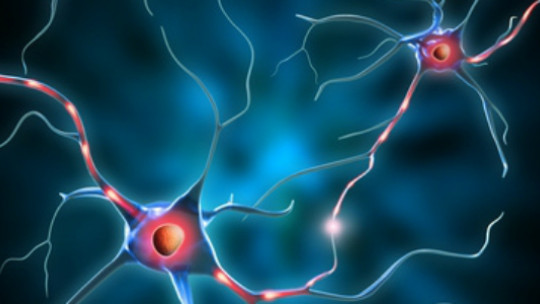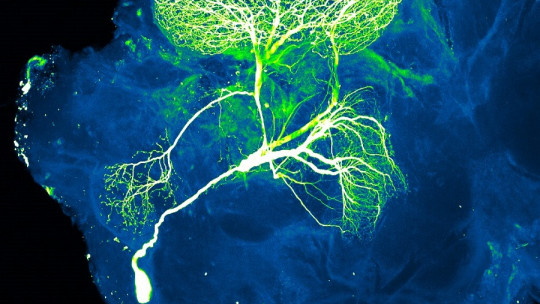It can be said that in all neurons there is a way of communicating between them called synapses.
At synapses, neurons communicate with each other using neurotransmitters , which are molecules responsible for sending signals from one neuron to the next. Other particles called neuromodulators also intervene in the communication between nerve cells.
Thanks to neurotransmitters and neuromodulators, The neurons in our brain are capable of generating the torrents of information that we call “mental processes.” but these molecules are also found in the periphery of the nervous system, in the synaptic terminals of motor neurons (neurons of the central nervous system that project their axons to a muscle or gland), where they stimulate muscle fibers to contract.
Differences between neurotransmitter and neuromodulator
Two or more neuroactive substances can be in the same nerve terminal and one can function as a neurotransmitter and another as a neuromodulator.
Hence their difference: neurotransmitters create or do not create action potentials (electrical impulses that occur in the cell membrane), activate postsynaptic receptors (receptors on postsynaptic cells or neurons) and open ion channels (proteins in neuronal membranes that contain pores that when they open, they allow the passage of charged particles such as ions) while neuromodulators do not create action potentials but rather regulate the activity of ion channels.
Furthermore, neuromodulators modulate the effectiveness of postsynaptic cell membrane potentials produced at ion channel-associated receptors. This occurs through the activation of G proteins (particles that carry information from a receptor to effector proteins). A neurotransmitter opens a channel, while a neuromodulator affects one or two dozen G proteins which produce cAMP molecules, opening many ion channels at once.
There is a possible relationship of rapid changes in the nervous system and neurotransmitters and slow changes with neuromodulators. Likewise, the latency (that is, the changes in the postsynaptic membrane potential due to the effect of a neurotransmitter) of neurotransmitters is 0.5-1 milliseconds, whereas that of neuromodulators is several seconds. Furthermore, the “life expectancy” of neurotransmitters is 10-100 ms. and that of neuromodulators is from minutes to hours.
Regarding the differences between neurotransmitters and neuromodulators according to their shape, that of neurotransmitters is similar to that of small 50 mm vesicles. in diameter, but that of neuromodulators is that of large vesicles of 120 mm. diameter.
Types of receivers
Neuroactive substances can bind to two types of receptors, which are the following:
Ionotropic receptors
They are receptors that open ion channels In most, neurotransmitters are found.
Metabotropic receptors
G protein-coupled receptors Neuromodulators usually bind to metabotropic receptors.
There are also other types of receptors, which are autoreceptors or presynaptic receptors that participate in the synthesis of the substance released in the terminal. If there is excess release of the neuroactive substance, it binds to the autoreceptors and produces an inhibition of synthesis, preventing exhaustion of the system.
Neurotransmitter classes
Neurotransmitters are classified into groups: acetylcholine, biogenic amines, transmitter amino acids and neuropeptides.
1. Acetylcholine
Acetylcholine (ACh) is the neurotransmitter of the neuromuscular junction is synthesized in the septal nuclei and nasal nuclei of Meynert (nuclei of the forebrain), it can be both in the central nervous system (where the brain and spinal cord are located) and in the peripheral nervous system (the rest) and causes diseases such as myasthenia gravis (neuromuscular disease due to weakness of skeletal muscles) and muscular dystonia (disorder characterized by involuntary twisting movements).
2. Biogenic amines
Biogenic amines are serotonin and catecholamines (adrenaline, norepinephrine and dopamine) and act mainly through metabotropic receptors.
3. Transmitting amino acids
The most important excitatory transmitter amino acids are glutamate and aspartate and the inhibitors are GABA (gamma immunobutyric acid) and glycine. These neurotransmitters are distributed throughout the brain and participate in almost all synapses of the CNS, where they bind to ionotropic receptors.
4. Neuropeptides
Neuropeptides are formed by amino acids and act mainly as neuromodulators in the CNS The mechanisms of chemical synaptic transmission can be affected by psychoactive substances whose effect on the brain is to modify the efficiency with which nervous chemical communication occurs, and this is why some of these substances are used as therapeutic tools. in the treatment of psychopathological disorders and neurodegenerative diseases.

